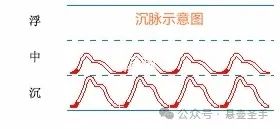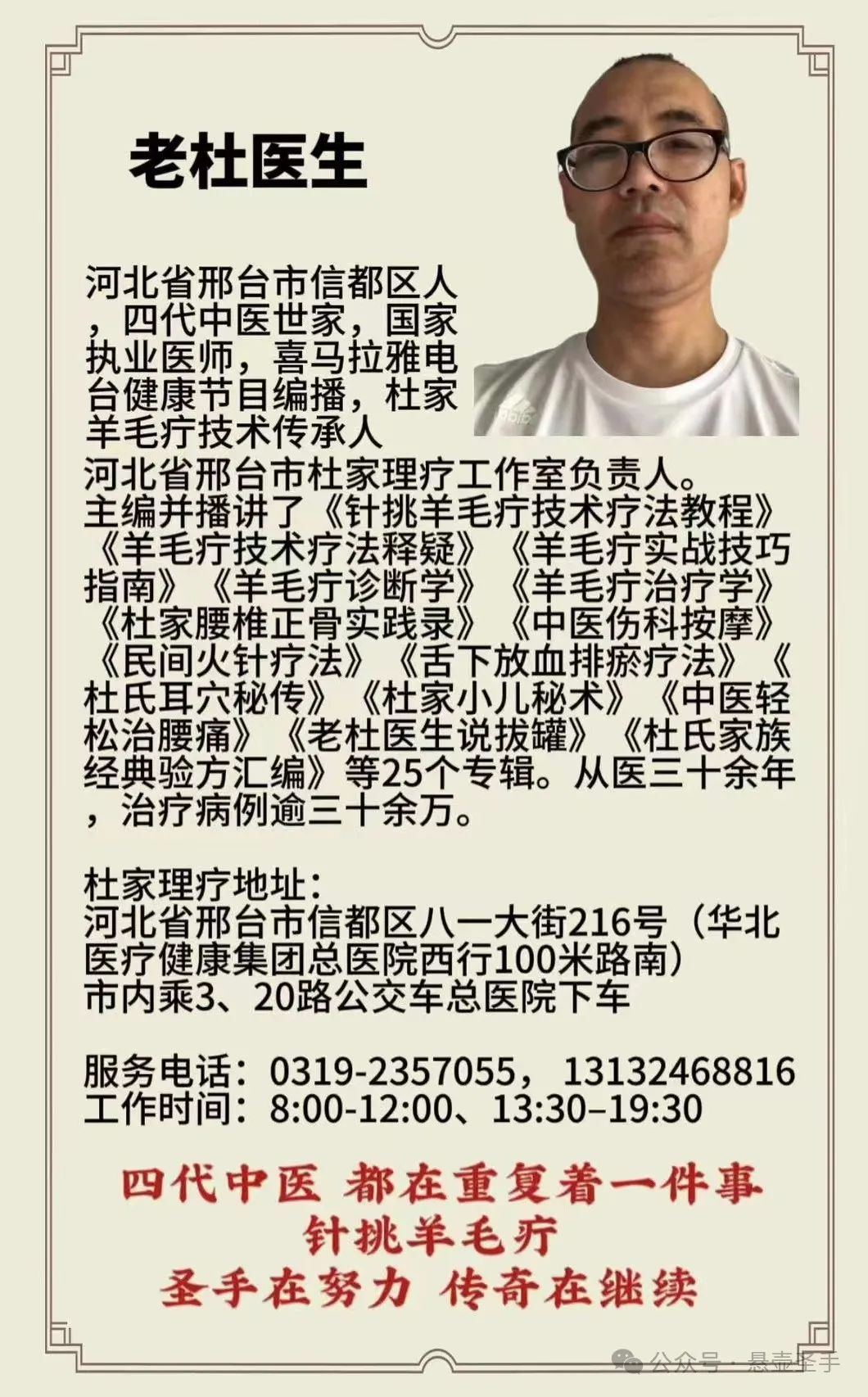
Deep pulse, as an important type of pulse in Traditional Chinese Medicine (TCM), provides key clues for disease diagnosis through its unique body image, main disease patterns, and associated pulse manifestations. The following is a detailed explanation of deep pulse.

“Deeply penetrating the muscles and bones, like a stone thrown into water; when pressed, it is strong, but when lifted, it is weak.” This verse vividly describes the characteristics of deep pulse. The pulse position is relatively deep, and it is difficult to detect the pulse beat with light pressure on the skin surface; one must press firmly down to the muscle and bone area to feel it distinctly, just as a stone sinks to the bottom of the water. This is the essence of “deeply penetrating the muscles and bones, like a stone thrown into water.” “When pressed, it is strong, but when lifted, it is weak” further illustrates that when pressed firmly, the pulse feels clear and strong, while lifting the finger lightly makes the pulse sensation weak and vague. This characteristic of the pulse distinctly reflects the deep-seated nature of deep pulse.
In TCM theory, deep pulse belongs to the yin pulse, generally indicating that the disease is located internally. The appearance of deep pulse at different positions corresponds to different main disease symptoms.
Deep pulse at the cun position: The cun position corresponds to the upper part of the body. A deep pulse at this position often indicates symptoms of shortness of breath, where the patient feels breathless and insufficient in air. It may also be accompanied by symptoms of chest pain radiating to the hypochondrium, that is, chest pain that extends to the rib area. Additionally, a deep pulse at the cun position may be related to pathological factors such as phlegm-dampness, water metabolism disorders, or blood stasis. Phlegm-dampness obstructs the flow of qi, leading to the aforementioned symptoms; water metabolism disorders, or blood stasis, can also reflect in the deep pulse at the cun position.
Deep pulse at the guan position: The guan position corresponds to the middle jiao. A deep pulse here indicates symptoms of internal cold, where cold pathogens invade the middle jiao, causing stagnation of qi and blood, resulting in symptoms of pain and masses. The patient may feel fullness and distension in the epigastric area, accompanied by acid regurgitation (stomach acid rising) and tightness in the muscles. Cold in the middle jiao affects the spleen and stomach’s function, leading to acid regurgitation, while cold stagnation in the muscles causes tightness.
Deep pulse at the chi position: The chi position corresponds to the lower jiao. A deep pulse here indicates back pain and is also related to conditions in the lumbar and knee areas. The patient may experience back pain, weakness in the lower back and knees, and may also have symptoms of dampness and itching in the genital area, as well as symptoms of frequent urination, short and painful urination, or diarrhea. Insufficient kidney yang in the lower jiao and internal cold dampness can lead to these symptoms, reflected in the deep pulse at the chi position.
Deep pulse often appears alongside other pulse types, forming associated pulses, with different combinations indicating different diseases.
Weakness indicates internal deficiency, strength indicates internal excess: This is the main diagnostic judgment when deep pulse is either strong or weak. A weak deep pulse often indicates internal deficiency, suggesting insufficient vital energy and declining organ function, where qi and blood cannot generate a strong pulse. A strong deep pulse indicates internal excess, suggesting that pathogenic factors such as phlegm-dampness, blood stasis, or food retention obstruct the organs and meridians, with the vital energy struggling against them, resulting in a strong deep pulse.
Deep and slow indicates chronic cold: The combination of deep and slow pulses suggests chronic cold symptoms. A slow pulse indicates cold, and the combination of deep and slow indicates that cold pathogens have penetrated deeply into the organs, with a longer disease course and more stubborn symptoms, often manifesting as cold limbs and abdominal pain relieved by warmth.
Deep and rapid indicates internal heat: A deep pulse combined with a rapid pulse is often seen in cases of internal heat. A rapid pulse indicates heat, and the combination of deep and rapid suggests that heat pathogens are present internally, possibly due to organ heat accumulation or yin deficiency with internal heat, with symptoms such as fever, thirst, and constipation.
Deep and slippery indicates phlegm-dampness: The simultaneous presence of deep and slippery pulses suggests internal phlegm-dampness. A slippery pulse indicates phlegm-dampness or food accumulation, and the combination of deep and slippery indicates that phlegm-dampness is lurking internally, obstructing the flow of qi, possibly accompanied by symptoms such as cough, phlegm, and abdominal distension.
Deep and choppy indicates blood stasis: A deep and choppy pulse indicates blood stasis, with the choppy pulse indicating blood stasis or deficiency. The combination of deep and choppy suggests internal blood obstruction, often seen in cases of trauma or internal blood stasis, with symptoms such as localized pain and swelling.
Deep and weak indicates physical decline: A deep pulse combined with a weak pulse suggests signs of physical decline. A weak pulse indicates insufficient qi and blood, and a deep weak pulse suggests a deficiency of vital energy, often seen in chronic illness or in the elderly, commonly accompanied by pale complexion and fatigue.
Deep and firm indicates accumulation: The combination of deep and firm pulses suggests the presence of solid masses within the body, such as tumors or cysts, often indicating a longer disease course and more severe condition.
Deep and tight indicates cold pain: A deep and tight pulse indicates cold and pain, with the tight pulse indicating cold and pain. The combination of deep and tight suggests that cold pathogens are obstructing the flow of qi, leading to severe pain, often relieved by warmth, commonly seen in conditions of cold stagnation or cold hernia.
Deep and relaxed indicates dampness: A deep pulse combined with a relaxed pulse suggests internal dampness obstructing the spleen and stomach’s function, possibly accompanied by symptoms such as heaviness in the limbs, fatigue, and poor appetite.
Through its unique body image, main disease patterns, and rich variations of associated pulses, deep pulse provides important evidence for TCM diagnosis. TCM practitioners must comprehensively analyze the manifestations of deep pulse and its associated pulses, in conjunction with the patient’s symptoms and signs, to accurately assess the condition and provide strong support for formulating a reasonable treatment plan.




